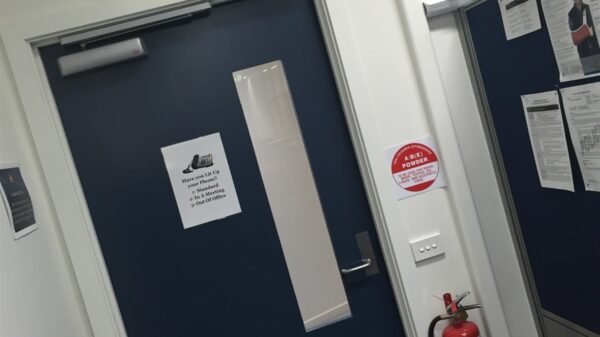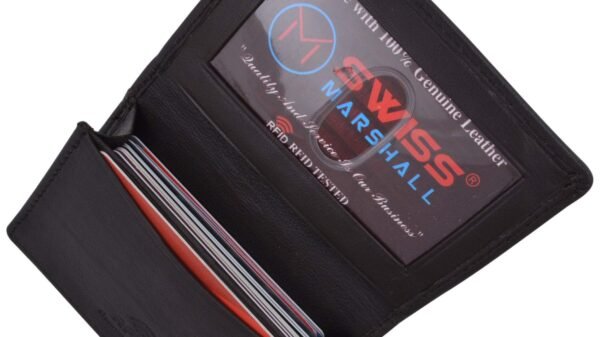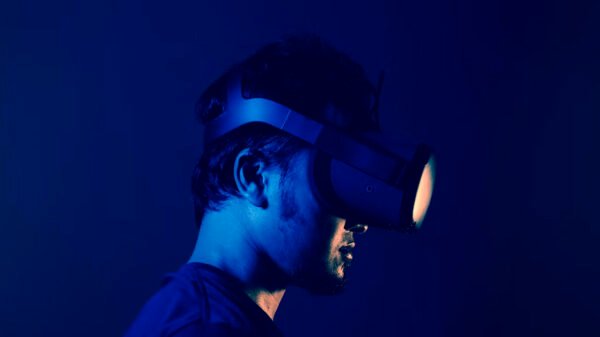With advances in the e-commerce world, visual search has become a revolutionary technology that is taking shopping commerce to a whole new level. This innovative technology-based approach enables shoppers to employ images rather than words when searching for desired items on websites, thereby promoting a more natural search process in line with human behavior.
Therefore, product image optimization has now emerged as one of the key elements for businesses who seek to take advantage of visual search proficiency. In this article, we will delve into image optimization tactics that not only improve the beauty of visuals but also contribute to making your products more discoverable by various online searching tools and may turn browsers into buyers and promote the development of e-commerce.
Before you hire the best ecommerce SEO company, it’s also important to understand the fundamentals of visual search and how it works.
What is Visual Search?
Visual search, which is also known as visual recognition or image search, involves AI and machine learning technologies to identify objects in pictures and provides other information that applies to the recognized object. It enables users to picture a sample or save an image on their device and use it as input for searching similar goods online.
This technology has been around for some time but advancement in AI and computer vision have made the technology act with more accuracy. It is now popularly employed in diverse sectors like e-commerce, social media and online marketing.
As the modern world of online shopping is evolving and changing rapidly, contemporary consumers require effective methods allowing them to purchase whatever they need efficiently. This has become possible with the advent of visual search technology, which allows getting rid of text-based searches and pursues more individual outcomes.
Whether you choose ecommerce SEO packages or invest in visual search technologies, it’s essential that your product images (images of the item being sold) are optimized for this new phenomenon.
Robust tips for effective E-Commerce image optimization
Choose the right image format:
Choosing the right image format not only affects picture quality but also load speed. Compressed JPEG is adapted to the e-commerce needs due to its compromised compression that minimizes file size while still preserving a good quality. But for images having text, icons or any sort of logos, PNG proves best in this case because it does not lose its integrity during compression. Besides, WebP is a new format that provides both lossy and loss- less compression leading to high quality at smaller file sizes.
With a knowledgeable selection of the image format, you will have better page load time, improved user experience and may prove beneficial in your site’s search engine optimization ranking. Also you can use new formats, such as AVIF which does even better compression than Webp and without sacrificing image quality. By making attractive SVGs, you can manage to provide scalability of images in different contexts.
Optimize image dimensions and file names:
Image optimization is a matter of considerable importance. The big image dimensions can spoil the site layout in terms of smaller devices, and large file sizes spend loading times. The optimal rule for this is to target an image file that weighs no more than 100 Kb.
While image naming may be a significant aspect of e-commerce sites optimization, this issue is often overlooked. If the product images are found through a search engine, make sure that you choose an informative and keyworded file name for your image. This has the effect of increasing your website’s chances to rank high on search results and thereby making it easy for potential clients to get hold of your products.
Add relevant Alt text:
Alt text for images is a must for web accessibility, which applies screen readers that describe the graphic file to visually impaired people. Other than the accessibility aspect, alt text also provides SEO benefits. During the process of writing alt text, one should strive to come up with a concise and simplified description that also features appropriate keywords without embracing practices such as keyword stuffing.
It assists search engines in recognizing the image’s content and what connection it has with context aware text for a better user experience, which may lead to increased rankings. On top of this, in cases where an image doesn’t load due to a bad connection or error, the alt-text maintains that the viewer does not lose out on anything regarding what would have been shown by way of missing context. For the absence of an image, this text is substituted as a paragraph to continue passing information on one page.
Meta data:
When it comes to image optimization, metadata is indeed underrated but can have their fair share of consequences as far as search ranking goes. The types of metadata include image title, description or caption. By foregrounding these elements with relevant keywords and descriptions, you can increase the likelihood of your pictures ranking at a higher place in search results.
With the caption and description, they offer more context to the image which makes it easier for search engines like Google or Bing to understand how relevant this picture is. Besides, using keywords for these elements will enhance the organic position as well as may draw more traffic to your site.
Use lazy loading:
Lazy loading is a method that delays the download of non-essential resources at page load time and finally loads only when they are interacted with by users. This method increases the speed of page loading, especially if these pages have lots of pictures. Enforcing lazy loading means that the browser will only request an image when the component is about to enter viewport and therefore, saves users’ bandwidth in addition to making their browsing more delightful as it makes pages load faster after initial visit.
This approach not only improves the speed of a website but also can help to reduce server load that comes in handy for websites with massive numbers of visitors. Lazy Loading has risen to the status of a recommended practice, and now it is built right into contemporary browsers which relieves developers even further from having to implement this functionality themselves.
To summarize, E-commerce image optimization is one of the integral aspects of online business success. Adopting the best practices presented in this guide will help you to optimize both search engine and user experience, which leads more people to visit your website and convert into potential customers. Be sure to keep an eye on the technological advancements and changes in consumer behavior related to image optimization strategies, as they continue changing over time.





























































